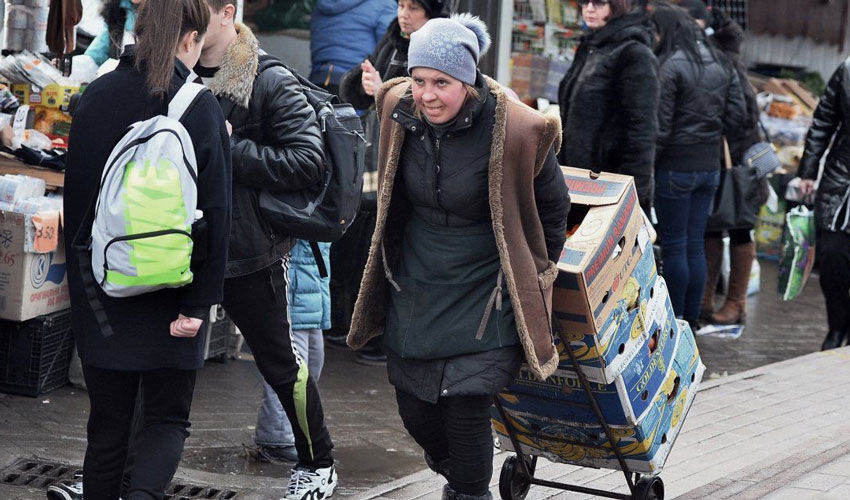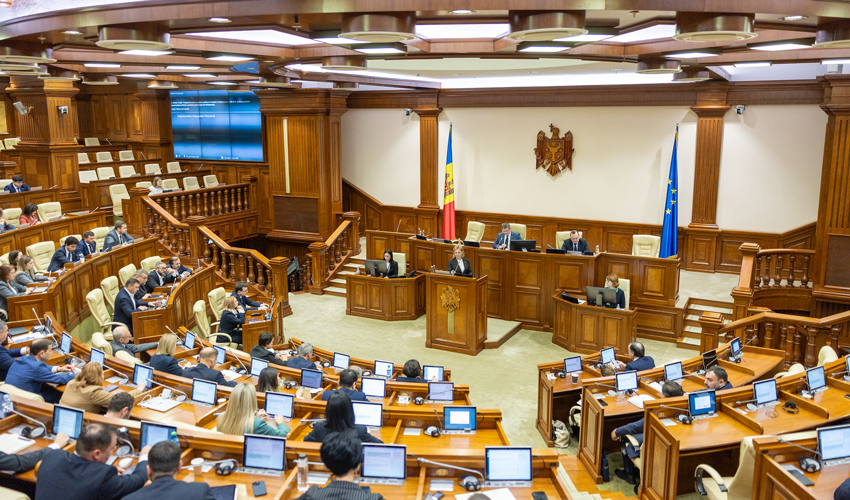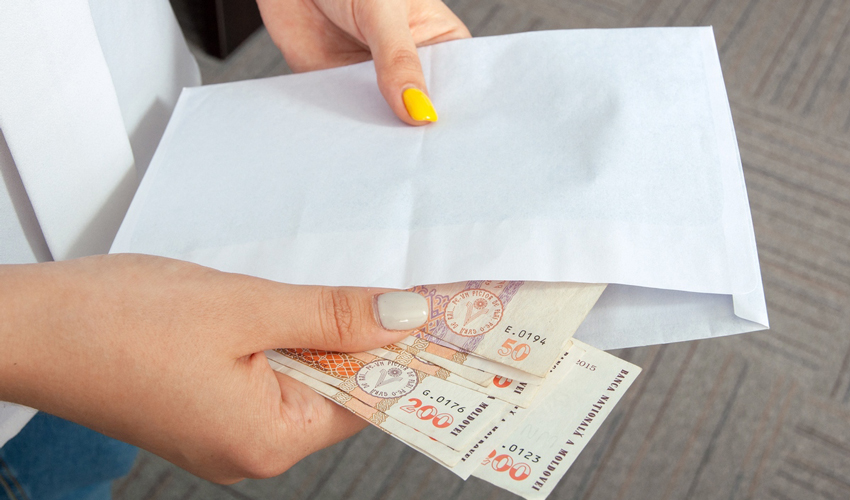
Such conclusions were reached by economists of the National Institute of Economic Research (NIEI) of the Academy of Economic Knowledge at the round table devoted to the improvement of instruments for reducing the social gap.
Anatoly Rozhko, Doctor of Economics, spoke about the level, depth and severity of poverty in 2019-2024. He noted the importance of what methodologies are used to assess this phenomenon, but the dynamics in any case remains sad.
“The dynamics are very sad. Poverty is growing, and growing quite steeply. From 2019 to 2024, poverty increased 1.43 times. Both the depth and severity of poverty are growing, and to a greater extent – the severity (one and a half times). Until 2021, poverty had a slight downward trend. In 2021 was the lowest level of depth and acuteness, and then progressively, consistently, from year to year, poverty grew, growing both depth and acuteness – this is an extremely negative phenomenon. If in 2019 every fourth person was poor, in 2024 – already every third person in the country was absolutely poor. Last year it was necessary, on average, to add 185 lei per month for each person to rise to the poverty line, in 2019 – only 77 lei. And every year the amount of money needed to get out of poverty increases,” Anatol Rozhko said.
According to the concept of monetary absolute poverty, in Moldova – 800 thousand people belong to the poor population. It takes 140 million lei per month for people to get out of poverty, per year – it is 1.777 billion lei according to the calculations for 2024 – almost 3 times more than in 2019. For comparison, in 2024, social benefit payments amounted to 1.59 billion lei.
The comparison of “urban” and “rural” poverty showed that the gap is narrowing, but in rural areas still almost half of the population remains poor.
“There has always been a gap, but in 2019 rural poverty was 3 times higher than urban poverty, and already in 2024 it is only twice as high, so for all that the gap persists, there is still an element of positivity. Yes, it’s still bad. But nevertheless, the gap between urban and rural areas has been narrowing. Nevertheless, 43 out of every 100 people in rural areas will be poor in 2024, while in urban areas only 22 will be poor. That is, there is still a need and an opportunity to bring these levels closer, primarily by improving the standard of living in rural areas,” Anatoly Rozhko emphasized.
According to the geographical profile, the worst situation is in the south, the best – in the capital.
“In Chisinau municipality only every seventh person is poor, while in the statistical zone “South” – every second, more than half are poor people. This is an incomparably large gap,” the economist believes.
The main indicator of well-being is not income, but consumer spending,” he says:
“The poor spend three times less on clothes and shoes, furniture and household appliances than the non-poor, and 10 times less on vacations and cultural events. But most of all, of course, it is restaurants, cafes and hotels – 23 times less.”
But scientists note that such a complex phenomenon as poverty cannot be measured only by one indicator. Therefore, the concept of “multidimensional poverty” – a set of overlapping deprivations (deprivations) – has emerged.
“Research has shown that not always the person who is monetarily poor is multidimensionally poor, and vice versa. At the same time, if a person does not have access to quality water, has poor living conditions, does not have access to health services – he certainly has deprivation, he certainly feels some kind of disadvantage. Therefore, the multidimensional aspect has already been internationally recognized all over the world,” Rozhko noted.
The indicators of multidimensional poverty are the level of poverty, intensity and the main indicator – the index of the product of the level and intensity of poverty.
“We compared 2022 and 2024 and, in principle, by all indicators, at least the level of multidimensional poverty is going down,” the economist said. And by 2030, Moldova has set a goal to reduce by at least half the proportion of men, women and children of all ages who live in multidimensional poverty.
Catherine Hegia, PhD in Economics, in her report “Assessment of wealth inequality of the population of the Republic of Moldova through the prism of the system of indicators used in the EU countries (2019-2024)” spoke about the polarization of income and consumption between the richest and poorest households.
“Official data show a moderate but constant increase in inequality between 2019 and 2024. The Gini coefficient (a statistical measure of the degree of social stratification – ed.) for disposable income has increased by about 6.8%. The quintile ratio (Q5/Q1 – income) increased by 10.8%, which confirms the polarization of income between the richest and poorest households, being a sign of a deepening gap between them. Inequality in consumption remains lower than inequality in income, but it is also on an upward trajectory, indicating a limited redistribution of wealth through consumption”, – said Ekaterina Hegya.
She linked these trends to external factors – pandemic inflation, rising cost of living and the effects of the regional crisis, which have increased the vulnerability of low-income households.
In general, scholars note that the problem of poverty is inherent in any country, and the Republic of Moldova is not an exception to this general rule, but the very concept of poverty is quite different in each country. In the general understanding of the world scientists it is considered that poverty is a state in which a person or a household does not have sufficient means to ensure the standard of living that is customary for a given society.
In Moldova, the data of the household survey conducted annually by the National Bureau of Statistics on 12,600 households interviewed are used to measure poverty.













